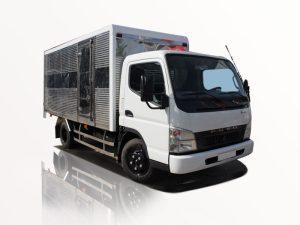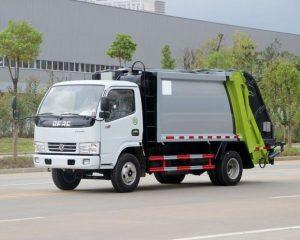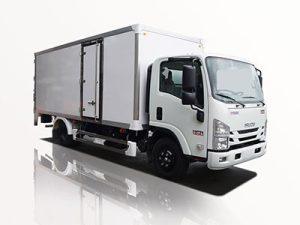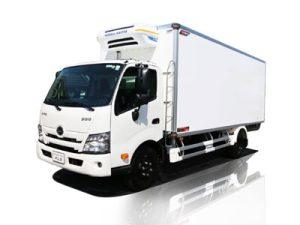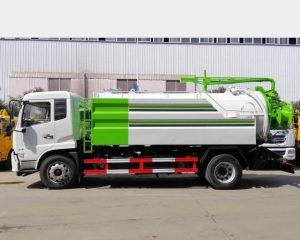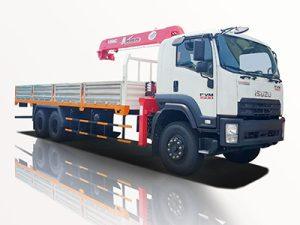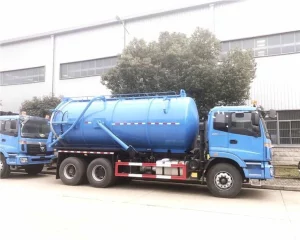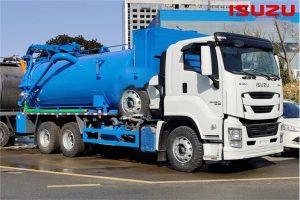Monday to Saturday - 8:00 -17:30
Complete Knock Down Car: Everything You Need to Know
In recent years, the automobile industry has seen a surge in popularity for complete knock down (CKD) cars. CKD cars are vehicles that are manufactured in parts and then assembled in another country. This production technique has significant implications for manufacturers, consumers, and the environment. This article will delve into the concept of complete knock down cars, their benefits, challenges, and everything you need to know if you are considering purchasing or investing in one.
What is a Complete Knock Down Car?
A complete knock down car refers to a vehicle that is shipped in parts, rather than as a fully assembled unit. These parts are then put together in the destination country. This assembly process reduces production costs and allows manufacturers to tap into new markets more easily.
How CKD Cars are Assembled
The assembly of CKD cars involves several steps, including:
- Parts Manufacturing: The car’s components, such as the chassis, engine, and body panels, are manufactured in the country of origin.
- Shipping: The components are then packed and shipped to the destination country.
- Local Assembly: Once the parts arrive, a local facility assembles the vehicle, often employing local labor and adhering to local regulations.
Examples of CKD Production
| Manufacturer | Country of Origin | Assembly Location | Model |
|---|---|---|---|
| Honda | Japan | India | Civic |
| Toyota | Japan | Thailand | Camry |
| Volkswagen | Germany | Mexico | Jetta |
Benefits of Complete Knock Down Cars
CKD cars present several advantages for manufacturers and consumers:
1. Cost Efficiency
One of the primary benefits of CKD production is cost savings. By manufacturing in bulk and shipping parts, manufacturers can save on tariffs and duties imposed on complete vehicles.
2. Local Employment Opportunities
By assembling vehicles locally, CKD operations create jobs in the assembly plants, contributing to local economies.
3. Reduced Shipping Costs
Shipping parts, rather than whole vehicles, can significantly reduce transportation costs and associated carbon emissions.
4. Customization for Local Markets
CKD assembly allows manufacturers to customize vehicles according to local consumer preferences, such as including specific safety features or adapting designs to suit local tastes.
Challenges of Complete Knock Down Cars
Despite the numerous benefits, CKD production also poses certain challenges:
1. Quality Control Issues
Ensuring consistent quality during assembly can be challenging, especially if the local workforce lacks experience.
2. Dependence on Supply Chain
Disruptions in the supply chain can delay production and delivery, affecting the availability of CKD vehicles.
3. Initial Investment
Setting up an assembly plant can require a substantial initial investment in facilities, tools, and workforce training.
CKD vs. Completely Built Units (CBUs)
When considering CKD cars, it’s essential to understand how they compare to completely built units (CBUs).
Definition and Differences
| Aspect | CKD | CBU |
|---|---|---|
| Definition | Manufactured in parts and assembled locally | Fully assembled and shipped |
| Cost | Generally lower due to reduced tariffs | Higher due to tariffs and transportation costs |
| Customization | Can be tailored to local markets | Standardized model |
| Production Time | Longer due to assembly | Quicker delivery |
When to Choose CKD Over CBU
If you are a consumer considering CKD vehicles, it may be advantageous to choose CKD if:
- You value lower costs and local production.
- You prefer vehicles tailored to local tastes and needs.
- You are comfortable with potential longer wait times for delivery.
Future of Complete Knock Down Cars
The future of CKD production looks promising. As emerging markets expand and consumer demand increases, manufacturers are likely to invest in CKD operations to remain competitive.
1. Sustainability and Environmental Impact
With a growing focus on sustainability, CKD operations can help reduce the carbon footprint of manufacturing and shipping, making them more appealing to eco-conscious consumers.
2. Technological Advancements
Innovations in manufacturing technology can enhance quality control and reduce assembly time, making CKD production even more efficient.
3. Global Market Trends
As global auto markets become more interconnected, CKD production allows automakers to adapt swiftly to changing consumer preferences and regulations.
Practical Examples and Tips for Consumers
If you are considering a complete knock down car for personal use, here are some tips:
1. Research the Brand and Model
Always research the CKD car brand and model you are interested in. Look for consumer reviews, expert opinions, and reliability ratings.
2. Check Warranty and Support
Ensure that the CKD car comes with a comprehensive warranty and that you have access to local support services for repairs and maintenance.
3. Consider Future Resale Value
Evaluate the vehicle’s potential resale value. Certain CKD brands may be more desirable in the used car market than others.
Frequently Asked Questions (FAQs)
1. What is a complete knock down car?
A complete knock down car is a vehicle that is shipped in parts and assembled in a different country.
2. What are the main benefits of CKD cars?
Benefits include cost efficiency, job creation, reduced shipping costs, and customization options for local markets.
3. Are CKD cars reliable?
CKD cars can be reliable, but it’s important to choose reputable brands and check quality reviews.
4. How does CKD production affect pricing?
CKD production can lower pricing due to reduced tariffs and shipping costs, making vehicles more affordable.
5. What should I consider when buying a CKD vehicle?
Consider the brand reputation, warranty, local support, and potential resale value before making a purchase.
6. Will CKD cars become more popular in the future?
Yes, with the push for sustainability and the growth of emerging markets, CKD cars are expected to gain more popularity.


